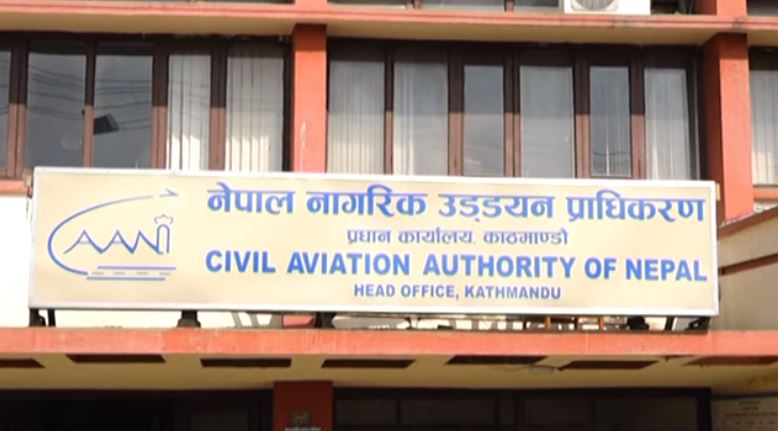Kathmandu: The Civil Aviation Authority of Nepal (CAAN) has initiated a significant inquiry into the operations of the Nepal Airlines Corporation (NAC), the national flag-carrier, citing various concerns over its performance. On March 27, CAAN issued a directive outlining 27 points requiring clarification from the NAC, highlighting areas of weakness and deficiencies within the organization.
Jagannath Niraula, Deputy Director-General of CAAN, underscored concerns regarding the NAC’s internal audit procedures and identified issues highlighted in audits conducted by both the European Union (EU) and CAAN itself. Of particular concern are the frequent engine failures experienced by NAC’s A320 aircraft, prompting CAAN to question the corporation’s maintenance protocols and the absence of a timely plan to address these recurring issues.
Furthermore, CAAN has raised inquiries regarding the extended grounding of the TwinOtter aircraft ‘9N-ABX’ for five years and the neglect of VHF installation on said aircraft. The regulatory body has demanded an action plan from the NAC to rectify deficiencies observed during audits, emphasizing the urgency of addressing these issues.
CAAN has expressed dissatisfaction with the NAC’s management of hangar facilities, citing prioritization of aircraft parts procurement over essential responsibilities. Additionally, CAAN has criticized the NAC for leaving key positions vacant, including roles crucial for airworthiness and maintenance management, and failing to conduct mandatory maintenance on time.
In response to these concerns, CAAN has issued a seven-day deadline for the NAC to provide satisfactory explanations. Failure to comply may result in legal action being taken against the corporation, as per the ‘Civil Aviation Rules 2002.’ CAAN has emphasized the importance of prompt and comprehensive responses, holding the executive chairman of the NAC accountable for addressing the identified shortcomings and ensuring adherence to safety standards within the aviation sector.
